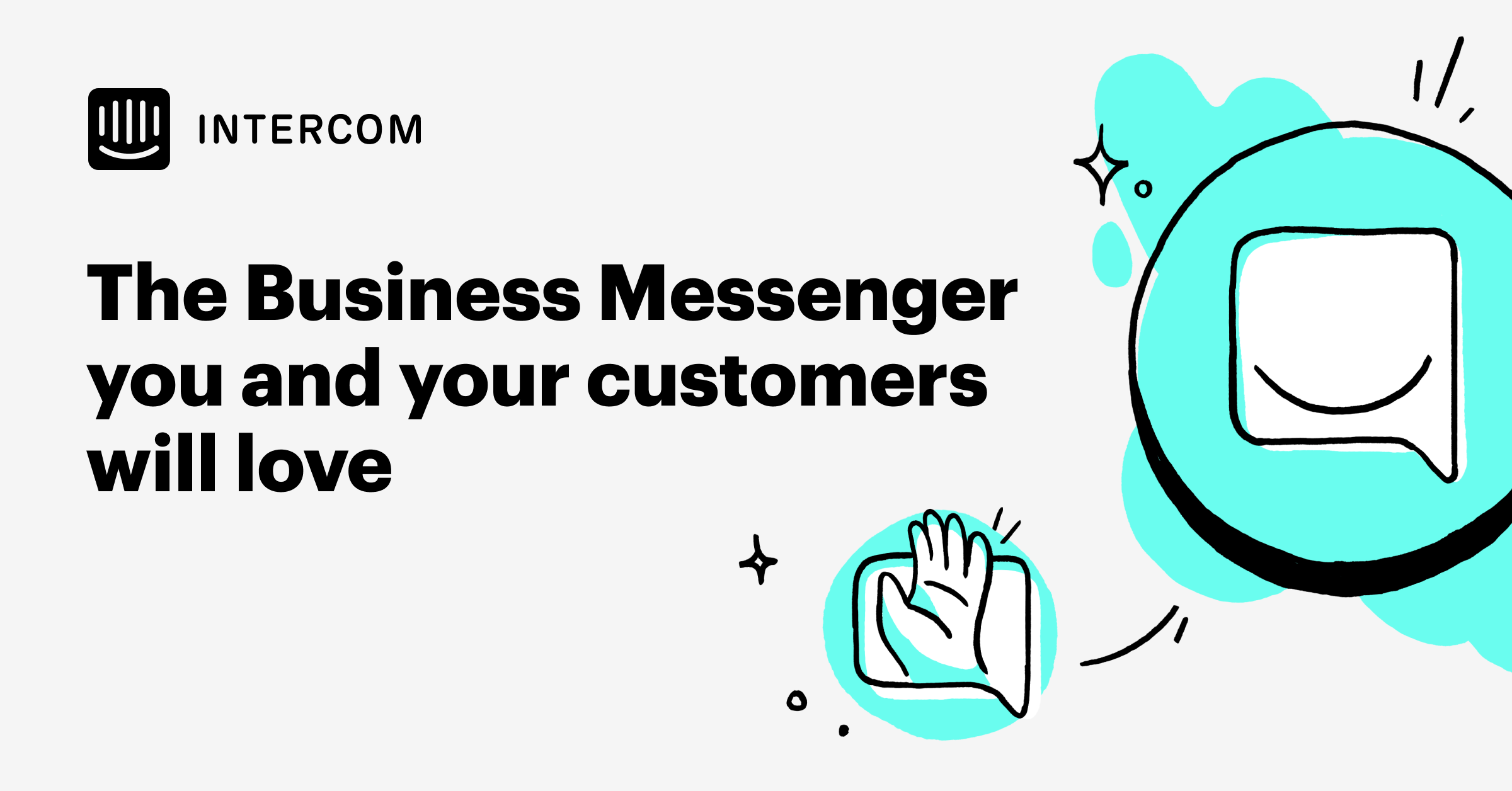A Guide to Gathering Customer Feedback

This practical guide examines the tools and systems we used to scale our feedback machine to stay in the loop with over 250 000 members.
It’s easy to stay in touch with a single customers. What about 10? It’s still one-to-one. 100? It gets harder. Now what about more than 100 000?
From day one at Teach Starter, we’ve always focused on providing our members with an exceptional experience. It was a differentiator in the early days when we couldn’t compete on product alone. We took the easy wins; responding to support tickets in under 4 hours, replying to every comment and surprising our members with kindness and care.
Over time, as our members went from 100 to 10 000, then 10 000 to 100 000, we knew that we had to automate a process to effectively stay in touch with our members. One-to-one emails remained with some of our original members, however automation paved the way to ensure we were continuing to canvass an adequate set of customers.
Being a practical guide, my aim is to share some actionable steps you can take, and tools you can use, to build a scalable system that will keep the feedback channel with your customers open.
NPS Surveys
Our feedback flow begins with NPS Surveys.
As Wikipedia puts it, ‘Net Promoter Score (NPS) is a management tool that can be used to gauge the loyalty of a firm’s customer relationships’. Commonly, this is a simple question like ‘How likely is it that you would recommend our company/product/service to a friend or colleague?’. The scoring is most often based on a 0 to 10 scale, with 10 being ‘highly likely’.
There are those who are for and against the effectiveness of NPS surveys, however, we have found that the biggest advantage is segmenting our customers into three clear groups (promoters, passives and detractors), to then take a secondary action.
How NPS works
Promoters achieve a score of 9 or 10. Passives a 7 or 8. Neutrals a 6 or below. To calculate NPS, the percentage of Detractors are subtracted from the percentage of Promoters. Neutrals are discarded.
62% Promoters - 26% Detractors = 36%
This means your NPS would be 36, on a possible scale of -100 to 100.
NPS can swing into negatives, meaning that more of your customers would rather not recommend your product or service. This is when you know you have a problem!
Despite some criticism of this technique, we have certainly found value in it as an initial indicator and simple way to receive a consistent stream of feedback to see how your product is tracking. Also, it is a huge advantage to know who your super fans are!
The tool we use for NPS:
AskNicely

AskNicely integrates with a number of different services to easily and effectively survey your customers. We currently integrate AskNicely with Intercom.
This works extremely well, as it automatically pulls in segmentation data from Intercom, allowing you to drill down into specific geographic, demographic and app specific groups to see their NPS.
AskNicely also ensures that your customers aren’t being spammed. You can set limits as to the frequency of your emails.
Follow Up Questions
Follow up questions are more targeted than NPS. If a member has replied to our NPS survey, we have found that the probability of them responding to another question increases.
In the follow up, we generally ask more qualitative questions that end up providing unique insights. Based on NPS scores, we can also better understand the answers we’re receiving.
For example, we have found that someone who scores us a 9 or 10, is more likely to recommend ways in which we can improve our product/service. Members who score us 5 or under are more inclined to share what prevented them from upgrading their account.
The tool we use for follow up questions:
Intercom
Intercom is a sales, marketing and support tool that makes it easy for businesses to communicate with customers, via in-app and email messages.

Once we receive NPS results, this data is automatically attached to our members’ Intercom profiles via the AskNicely integration. After a time delay, we then trigger an email or in-app message via Intercom, that usually asks just one question.
Intercom is excellent for soliciting feedback as messages can be delivered in-app, in a familiar instant messenger chat format. We have had great response rates to these questions. You can also ask questions that simply require the recipient to respond with an emoji (i.e. 😃 😐 😟).
The great thing about Intercom is the data you have available to decide when, what and how to message your customers. You can set parameters like, ‘Last contacted more than 7 days ago’. Very handy to ensure that you’re not spamming your customers!
Surveys
Occasionally, we conduct larger surveys that cover more of our user base. These surveys contain a mix of qualitative and quantitative questions, ranging from demographic and product questions, through to suggested improvements and competitor analysis.
We also conduct exit and expiry surveys to find out data about why members let their subscription expire, or why they didn’t subscribe to begin with.
These surveys are generally triggered when certain conditions are met in Intercom. An email or in-app message is sent with a link to the survey.
The tools we use for surveys:
Google Forms
Google forms makes it easy for anyone to create professional, branded forms for free. Being Google, it integrates well with other G Suite tools, allowing you to collate responses in Google Sheets for further analysis.
Survey Monkey

Survey Monkey is an excellent tool for quickly and easily generating large surveys that include questions validated by their data scientists.
They also have some excellent blog articles that will assist you in formulating effective questions that help to steer you clear of biased, loaded and leading questions.
Linking it all together
While AskNicely and Intercom integrate well with a number of different products, automation will take your feedback game to another level.
The tool we use for automation:
Zapier
If you haven’t heard of Zapier, your life is about to change.

Zapier helps you automate tasks between hundreds of different web apps, in a user friendly no-code-required kind of way.
In the context of this article, Zapier is brilliant for linking the tools mentioned, however, it can also be used for much more.
In our case, we use Zapier to push data between our survey tools (like Survey Monkey and Google Forms) and our marketing automation tools (like Intercom). This helps to ensure that data is synced across different platforms to ensure that the right customer is receiving the right message at the right time, automatically.
Zapier also allows us to receive responses from three different tools and collate them in one place; Slack.
Feedback for our team
Unread and ignored feedback is of use to no one.
Quantitative feedback can usually be sliced and diced in your survey tool of choice, before being formally shared with your team. Qualitative feedback can also be distilled into a consumable format for presentation, however this often means that content and context can be lost.
This is where Slack comes in.
The tool we use to consume feedback:
Slack

Slack is an extremely popular instant messaging tool built for businesses.
At Teach Starter, have setup a #feedback channel in Slack, to ensure that we have a transparent internal space for all staff to actively listen to what our members are saying.
All of our NPS responses are fed back into Slack via AskNicely’s Slack integration.
We use Zapier to send Google Form and Survey Monkey responses to slack.
Unfortunately, we can’t automatically send specific Intercom feedback messages to Slack, so this is done manually by our customer support team. When a feedback response comes in, it is copied and pasted into the Slack #feedback channel.
Same goes for our social media profiles. We actively encourage our team to manually share feedback from Facebook and Instagram in the Slack #feedback channel.
Feedback for our customers
Remember, your customers have taken time out of their busy day to reply to your email, in-app message or survey. You have to appreciate that!
We try to write back to as many of our members as possible to at least say a simple ‘thank you’. If we know when we launch a survey that we can’t get to everyone, we make sure that we thank them up front and let them know that we take the time to read each and every message we receive (which is true!).
Caring is the new selling. Take the time to show your customers that you genuinely appreciate and care about their success. If you want them to buy from you again, let alone respond to another survey, then it makes sense to show them some love!
The beauty of these tools and methods is that they can easily automate, scale and grow with your business. Most are free to a certain point, allowing you to setup feedback processes early on in the life of your business.
While most small businesses don’t have a data science team, setting up some kind of feedback system can — at a minimum — provide you with a general pulse of how your business is travelling outside of the financials.
Feedback can range from brutal to brilliant.
Be open to it. Be objective, but try to understand where your customer is coming from. Uncover why they feel that way, then determine whether it is in your business’s best interests to take action.





